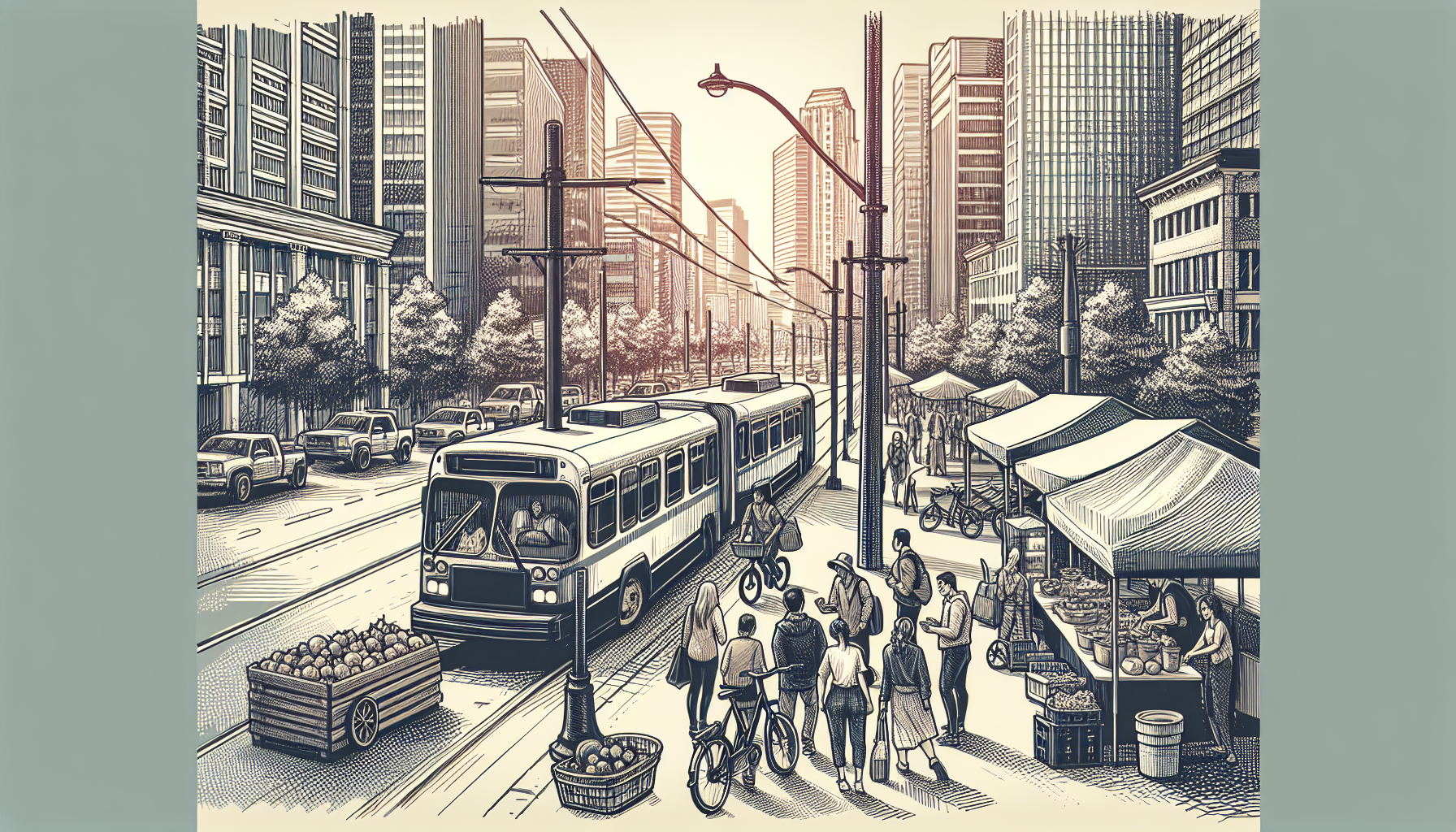
Stepping onto a bus, train, or tram today, it’s clear that public transit has undergone a considerable evolution in recent years. Changes in technology, environmental considerations, and the demand for more efficient services have driven a shift in how we approach commuting. This fresh perspective on public transit isn’t just a trend—it’s the future.
Let’s start by exploring the technological advancements that are transforming public transit. Smartphone apps are being adopted by many public transit agencies to improve the commuter experience. These applications provide real-time updates on bus or train locations, schedules, and even seat availability. This means that you can say goodbye to the days of waiting for a bus that’s running late, not knowing when it will arrive.
Additionally, contactless payment technology is making the boarding process faster and easier.
No more fumbling for loose change or queuing at ticket machines. Just tap your card or phone, and you’re good to go! This advancement not only makes the experience more convenient for passengers but also helps to reduce congestion and improve overall service efficiency.
On the topic of efficiency, let’s talk about another significant change in public transit: the shift towards sustainable, green technology. The environmental impact of public transportation is a top concern for many cities, spurring a transition to electric-powered and hybrid vehicles. This move significantly reduces CO2 emissions and contributes to cleaner, healthier cities.
Green technology isn’t just about reducing emissions either. It’s also about designing vehicles and transit systems that are more energy-efficient. The use of regenerative braking systems, for instance, allows electric buses and trains to recover and reuse energy that’s typically lost during braking. This not only lowers energy consumption but also reduces wear and tear on brake systems, leading to lower maintenance costs.
But perhaps the most significant change in public transit is the shift in perspective. Public transit is no longer seen as just a necessary service—it’s now viewed as a strategic investment that improves community health, boosts local economies, and promotes social equity.
Take, for example, the rise of transit-oriented development (TOD). TOD is a design strategy that focuses on creating walkable, mixed-use communities centered around high-quality public transit. This approach has been shown to improve residents’ quality of life, increase property values, and stimulate local business growth—all while reducing reliance on cars and lowering carbon footprints.
And let’s not forget about the social equity aspect. By providing affordable and accessible transport options, public transit helps to level the playing field. It gives everyone, regardless of income or location, the opportunity to access jobs, education, and other essential services. This is particularly important in a world where mobility is often closely linked to opportunities and quality of life.
So, what does the future of public transit look like? It’s smarter, greener, and more focused on serving the needs of the community. It’s a future where technology and sustainability go hand in hand, and where public transit plays a critical role in creating more livable, equitable cities.
As we move forward, embracing these changes will be key to ensuring that public transit continues to meet the evolving needs of commuters and communities alike.
Leave a Reply